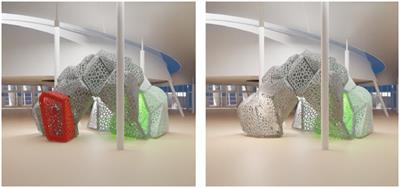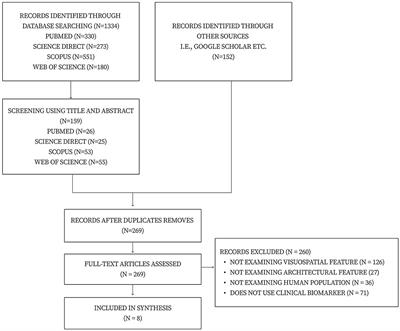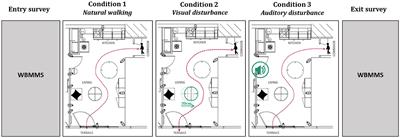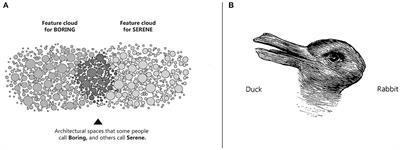ORIGINAL RESEARCH
Published on 21 Jun 2024
AI-supported approach for human-building interaction implemented at furniture scale

doi 10.3389/fcomp.2024.1295014
- 937 views
3,679
Total downloads
24k
Total views and downloads
ORIGINAL RESEARCH
Published on 21 Jun 2024

ORIGINAL RESEARCH
Published on 04 Jan 2024

SYSTEMATIC REVIEW
Published on 04 Jan 2024

ORIGINAL RESEARCH
Published on 07 Dec 2023

ORIGINAL RESEARCH
Published on 30 Oct 2023

METHODS
Published on 16 Oct 2023
